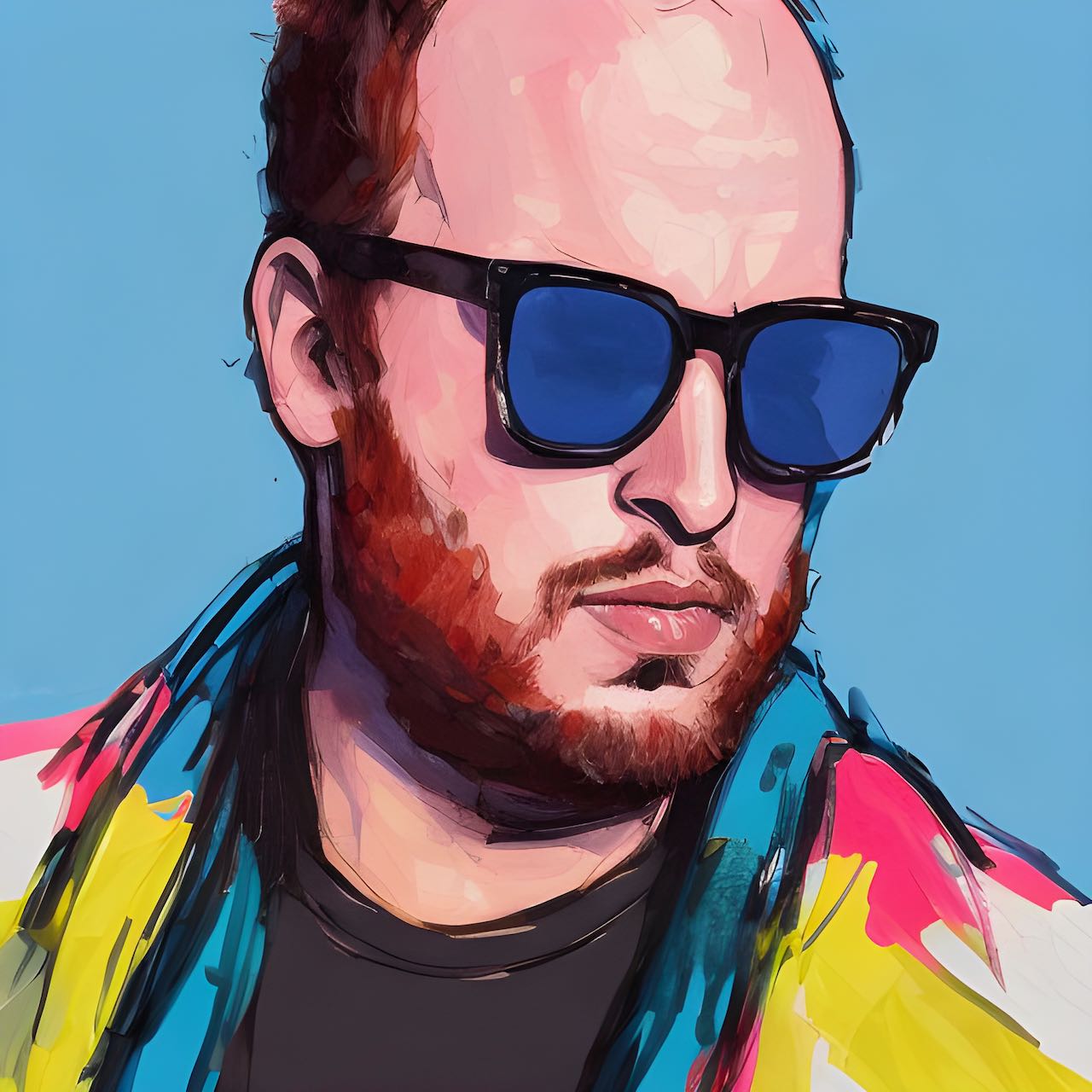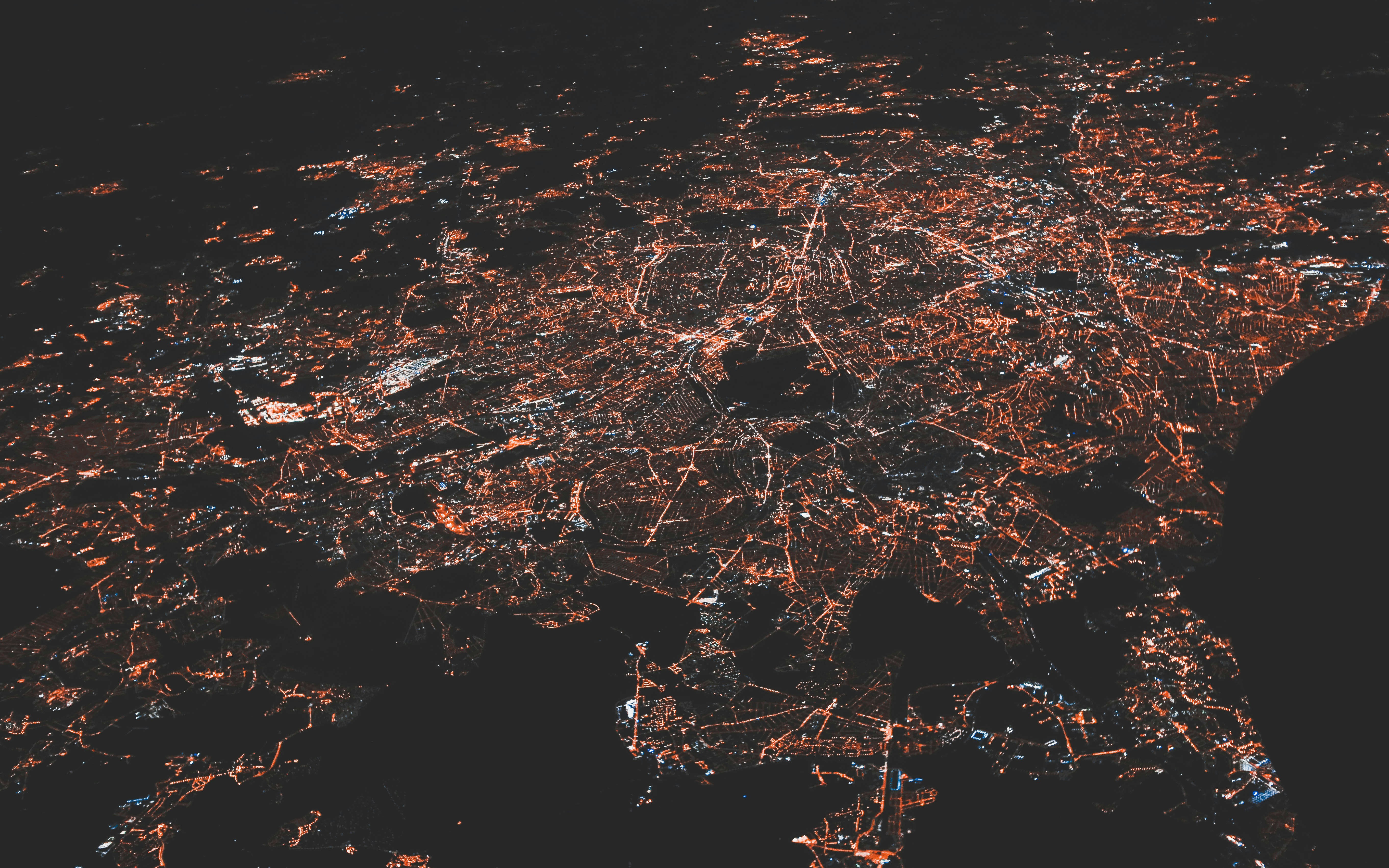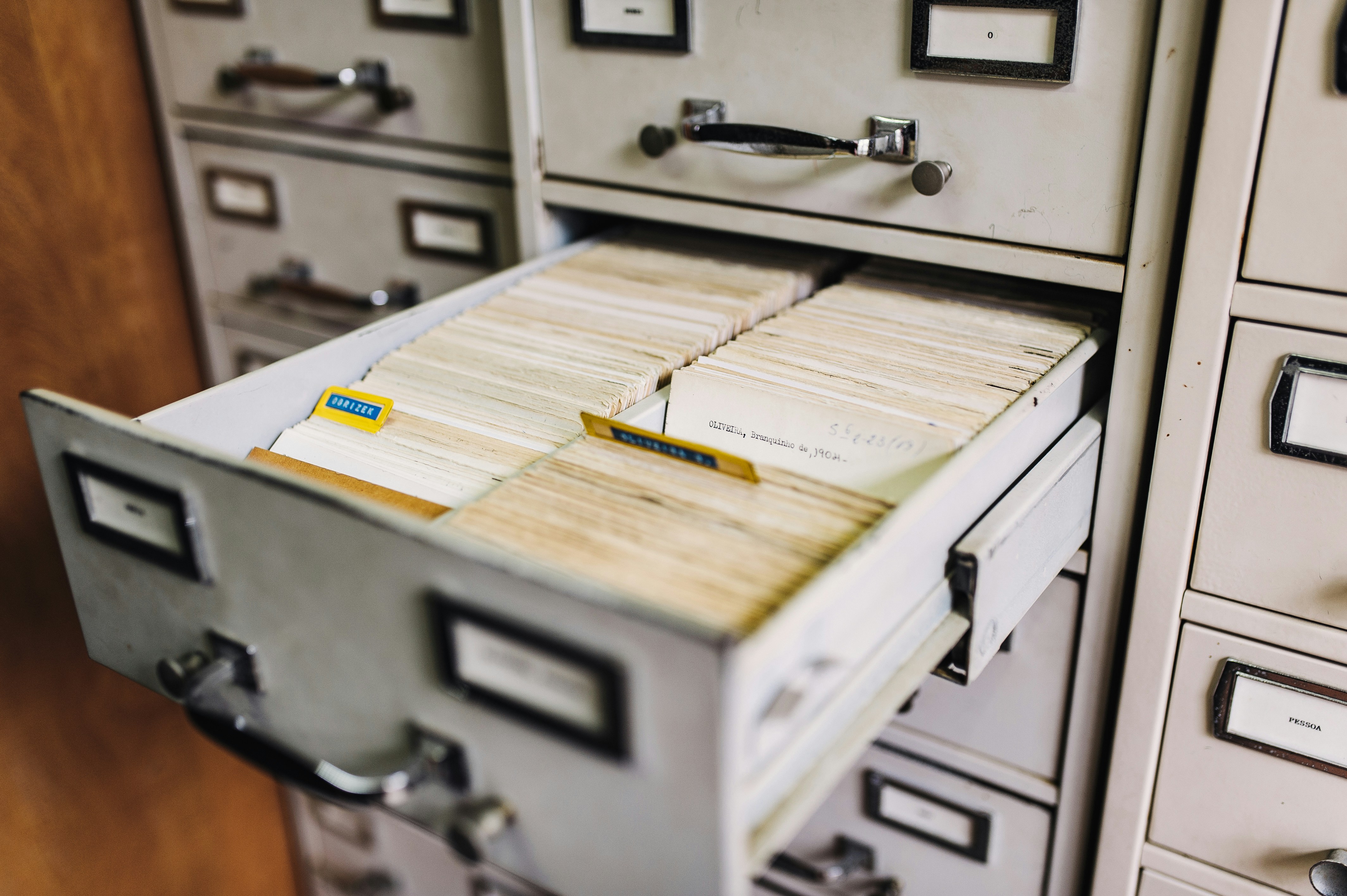zacharyc
This is the website of zachary cohen (zacharyc). For information on the author check out the About page.
This is the website of zachary cohen (zacharyc). For information on the author check out the About page.
Designing The Table Building on Web Forms On Hugo Sites - Part 1, the next step, discusses the database table. Database normalization is usually something I’m particularly interested in. Still, for the sake of simplicity, the approach here is designed for speed of entry and retrieval and not for minimization of data. If, for some reason, space becomes the more significant concern, there is room for optimization in this design. Each form question will be tagged with the form and submission. For example, if Alice submits a form with a collection of answers and Bob submits it with different answers, the question and answers will be tied to the submissions from Alice and Bob, respectively. ...
The Hanukkah Coffee Box was made using Hugo, a static site generator. This means it creates static code you then deploy to the web. There is no server-side execution part of the code base. This is fine if you want to show content, but if you want to interact with the visitor to your site and collect feedback on a great coffee box, you will need to do something a little creative. ...

I have a running conversation with my friend Scott about how good modern generative LLMs are at solving problems. What roles will they replace? Will we be out of work in the next couple of years? It is true; Copilot is a must-have in VSCode. It often saves time when writing repetitive code in commonly used programming languages. When I want to know some piece of information, better and quicker results can be had by asking an LLM than searching and reading through all the ad-dense articles on the internet. ...

Continuing with Personal Knowledge Management Systems (PKMS), we all have them, whether we realize it or not. Some are in our brains, and others are more explicit, created with external tools. We live in an age where large quantities of information bombard us. These include emails, phone calls, text messages, news, magazines, and letters. They come from many different avenues and pass through our consciousness. Because of our brains’ nature, retaining all the information we receive is impossible. We do our best to cull and surrender the information we process to keep what we need. ...

As we narrowed our focus on Gluino, we came across another term for digital second brains. Some people call them Personal Knowledge Management Systems (PMKs). These systems are a way to collect and manage the information in one’s life for reference, research, and retrieval. When discussing Taigo Forte and Second Brains, you discuss organizing and building your PKM. There are a bunch of tools out there for doing this: Notion Obsidian Evernote BearApp To name a couple. Each of these tools has two primary components: ...